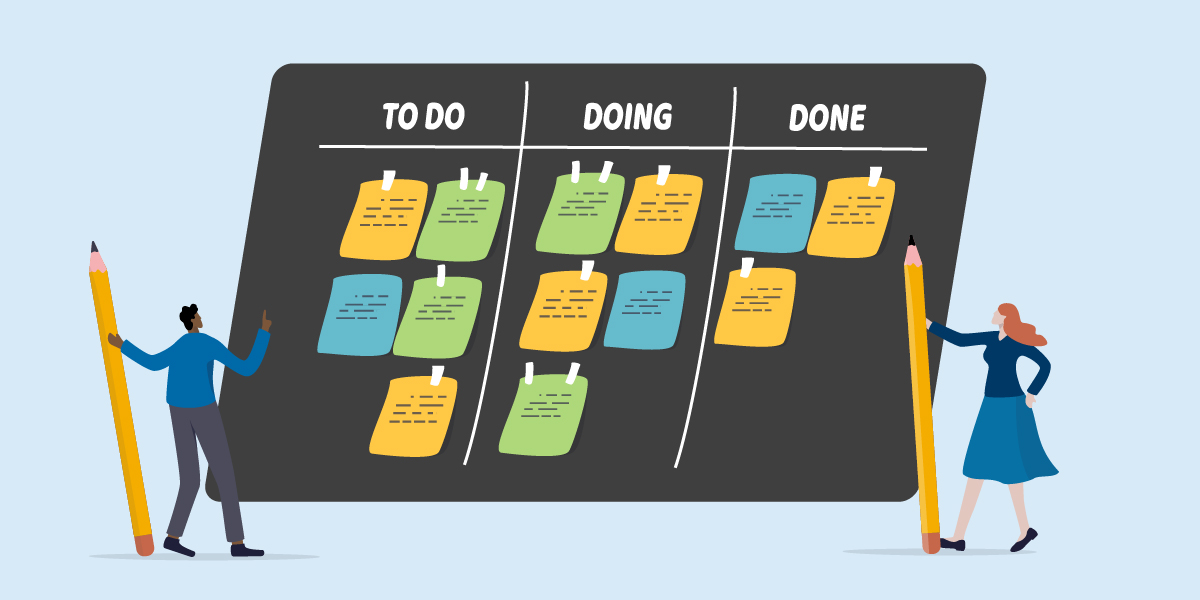Get some tips on strategies and tactics to prepare your organization.
7/23/2025 12:00:00 PM

The US Department of Justice (DOJ) added digital accessibility requirements to the Americans with Disabilities Act (ADA) for Minnesota’s state and local government entities. This new rule puts into writing practices that the DOJ has followed for decades. Our Update to ADA’s Title II series digs deeper into preparation and implementation resources for state and local governments as they work toward compliance.
In the article "Update to ADA’s Title II," we outlined what the new rule means for government staff and how to begin the accessibility journey. Today’s article focuses on how your team can understand your audit results, what actions to take next, and how to communicate your findings to leadership and other key partners.
By now, your organization has likely completed—or at least begun—a digital accessibility audit to assess current compliance. If the results show room for improvement, you're not alone. The odds are you have some work to do So, what’s next? Here’s how to move from assessment to action.
Any strategy that’s going to get your organization to incorporate digital accessibility practices into all your operations requires executive support. Having an organization-wide policy statement is key to getting buy-in and support from all staff.
Use that policy to state a shared vision for organization-wide accessibility.
Designate an organization-wide digital accessibility lead. Create a title such as Chief Accessibility Officer (CAO) or Chief Information Accessibility Officer (CIAO). Make this their sole function. If there isn’t enough funding at the start, then assign it to someone who leads a digital information and technology team.
Have that accessibility lead convene an accessibility team. Include the following skill sets:
Policy approval can take time at some organizations. During that process, continue to move forward by creating a scope plan.
Set priorities. Use the audit data to identify your key challenges. Most likely it will include:
Set short- and long-term goals. The ADA Title II deadline for most organizations is April 24, 2026. Consider the following questions as you plan:
Note: You may need to tackle short- and long-term goals at the same time—for example, updating your current CMS to fix issues like color contrast while also planning for a full site redesign and rebuild.
Tell everyone what is happening and how they can be involved.
In your plan, use multiple tools to reach different audiences. For example:
This strategic planning aims to help organizations move from audit to action in their digital accessibility journey. Now with an idea of scope and action steps to take, you’ll need to create an implementation plan. We’ll talk more about this in next month’s newsletter.
A list of resources related to this second part.
Would you like to learn more about the accessibility work being done by Minnesota IT Services and the State of Minnesota? Once a month we will bring you more tips, articles, and ways to learn more about digital accessibility.
Accessibility
Accessibility